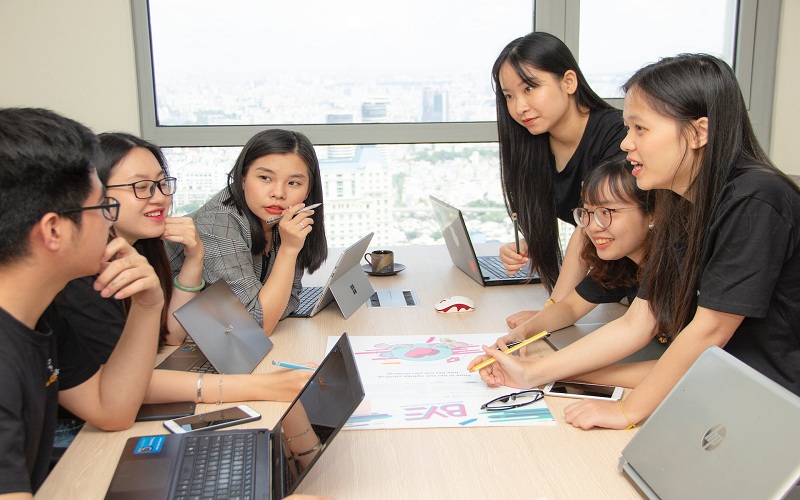Innovation is the lifeblood of contemporary companies and fuels growth, competitive advantage, and long-term success. However, it can be difficult to encourage an innovative culture among teams. Design thinking provides a strong framework for inspiring creativity, teamwork, and problem-solving. This human-centred approach has the power to revolutionise teamwork and unleash members’ creative potential. This essay examines the fundamental ideas and doable strategies of design thinking as a means of encouraging creativity in teams.
Putting Design Thinking into Practice
Formal training can be quite helpful for teams who are unfamiliar with design thinking. For instance, a Singapore design thinking course can give teams the abilities and information required to use this process successfully. Under the supervision of seasoned professionals, these courses usually provide practical experience with the tools and processes of design thinking.
Apart from structured instruction, groups might gain advantages from continuous assistance and guidance. As teams work their way through the process, design thinking champions within the company can help to solidify the methodology’s tenets and practices.
Adopting a Human-Centric Perspective
Design thinking is fundamentally about understanding and empathy. By prioritising end users’ requirements and experiences, teams may create solutions that are both creative and applicable. Thanks to this human-centred approach, ideas are guaranteed to be based on practical observations rather than theoretical notions.
Teams should interact directly with users through observations, interviews, and immersion in the environment to foster empathy. This method aids in identifying ingrained desires, problems, and goals. Having a solid grasp of the user at the outset enables teams to create solutions that really meet their needs.
Promoting Diverse Opinions
Diversity promotes innovation. Bringing together people with various specialities, backgrounds, and viewpoints can result in more innovative and comprehensive solutions. Design thinking actively encourages team cooperation by building a climate in which different points of view are respected and investigated.
Teams should provide opportunities for candid discussion and brainstorming sessions to take advantage of this diversity. Invite group members to question the status quo and offer their own perspectives. By utilising the group’s collective intellect, teams can find creative solutions that may not surface in a more homogeneous environment.
Encouraging Creative Problem-Solving
Design thinking encourages teams to explore a wide range of alternatives by emphasising creativity and innovation. This entails changing from a fixed attitude to a development mindset, in which setbacks are viewed as opportunities for learning. By establishing a secure environment for experimenting, teams can break through with innovative ideas and push the limits of traditional thinking.
Methods like mind mapping, role-playing, and brainstorming can foster creative thinking and lead to original solution development in teams. To promote unrestricted creativity during the brainstorming stage, team members should be encouraged to set aside their judgment. Following the generation of a wide range of ideas, the group can hone and develop the most promising proposals.
Prototyping and Iterative Learning
A crucial component of design thinking is prototyping, which helps groups realise their concepts and test them empirically. Simple, low-fidelity prototypes allow teams to get user input and pinpoint areas that need work quickly. This iterative prototyping and testing process makes continuous learning and improvement possible and guarantees that the finished product meets user needs.
Teams should be encouraged to take an experimental approach, viewing each prototype as a chance to grow and learn. Through quick iteration and integration of customer feedback, teams may generate more inventive and efficient solutions. This method not only improves the end product’s quality but also cultivates an agile and continuous improvement culture.
Conclusion
Design thinking provides a strong foundation for encouraging collaborative innovation. By adopting an iterative attitude, fostering various viewpoints, embracing a human-centered approach, and allowing creative problem-solving, teams may fully realise their potential to provide new solutions. Although putting design thinking into practice takes dedication and repetition, the benefits—increased creativity, teamwork, and agility—make the effort worthwhile. Design thinking has the power to revolutionise teamwork and spur significant innovation, whether it is applied through formal training or practical application.



